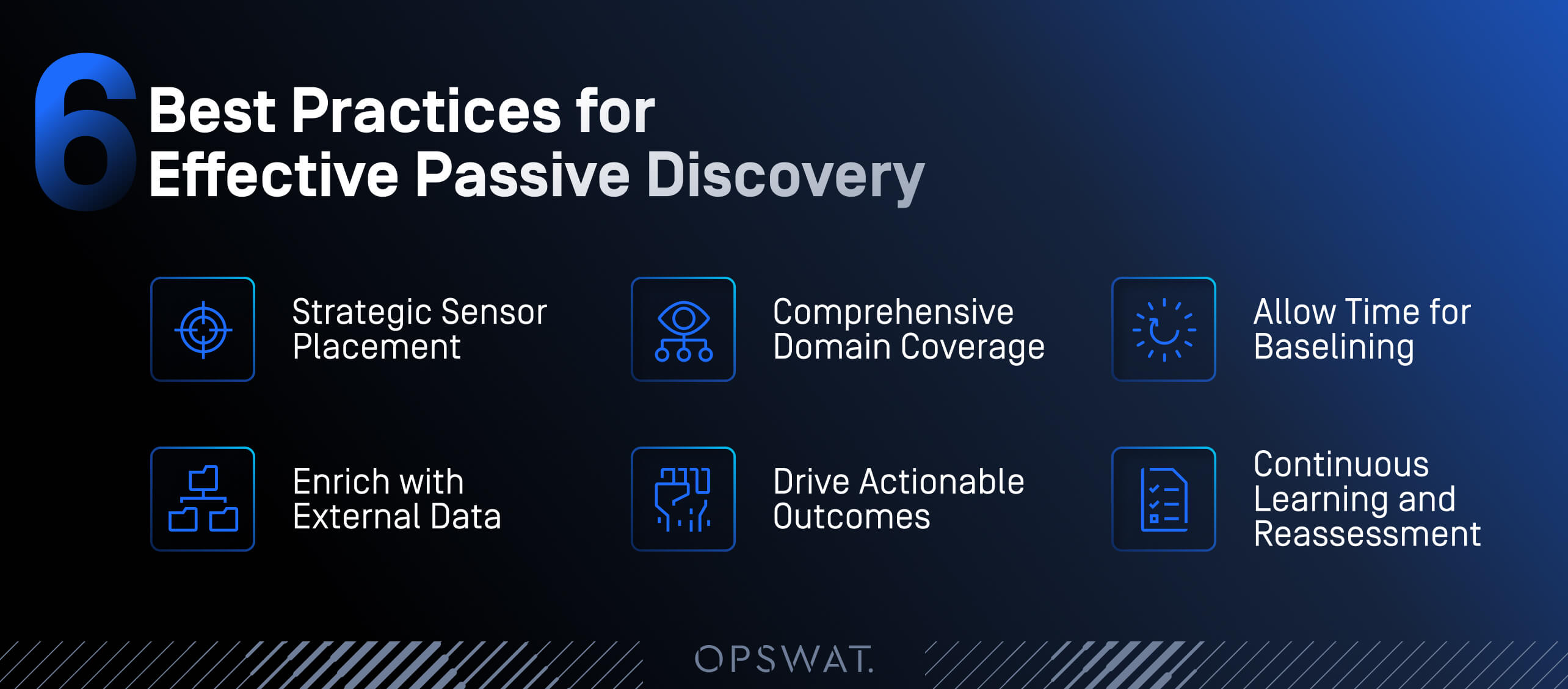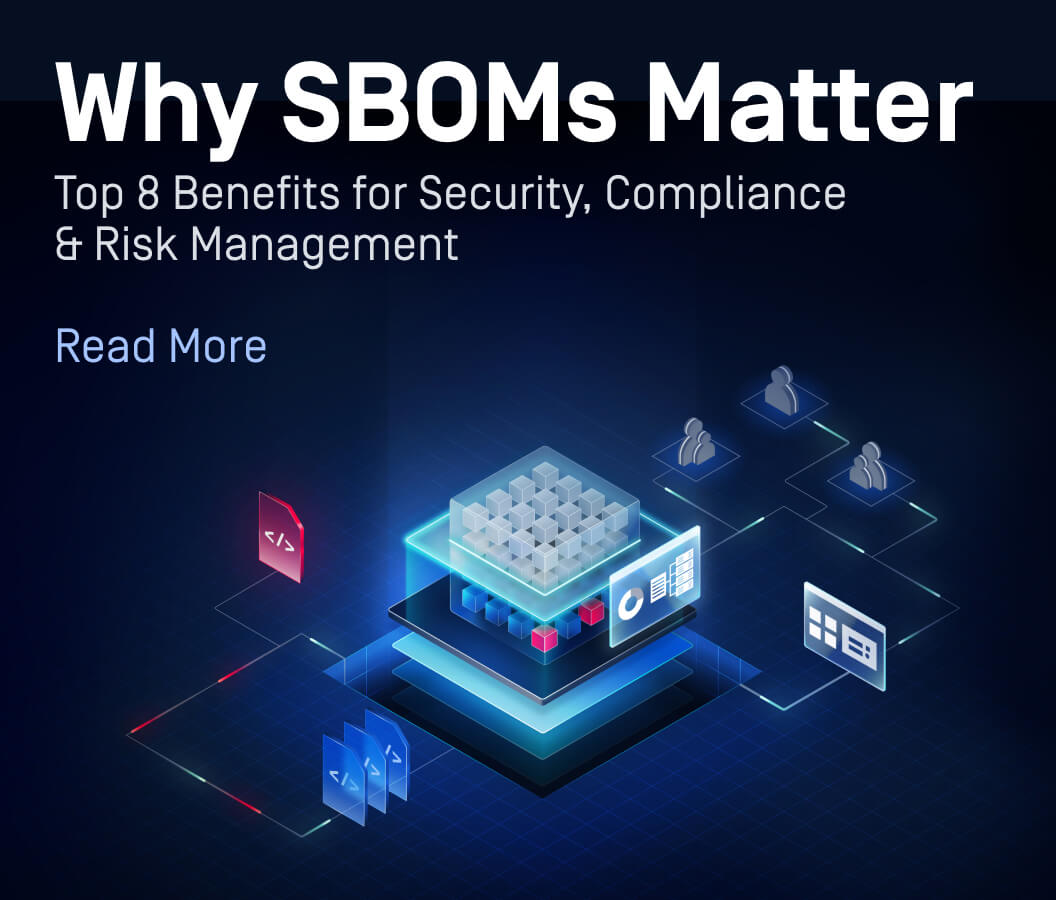The first rule of cyber defense is simple: you can’t defend what you can’t see.
The passive discovery capability in MetaDefender OT Security delivers critical visibility — without disrupting operations or risking production uptime.
What Is Passive Discovery?
Passive discovery is about observing, not interrogating.
Instead of actively pinging devices, pulling information, or running intrusive scans, passive discovery listens to the network — monitoring traffic flows, communication patterns, industrial protocol chatter, and device connections.
It extracts and infers intelligence from the observed traffic — such as device identity, relationships, protocol context, and ICS commands — to build a comprehensive inventory and behavioral map over time.
In OT/ICS networks, where legacy systems, proprietary protocols, and high-availability requirements dominate, this non-intrusive approach is not optional — it’s essential.
Why It Matters in OT & CPS Environments
Passive discovery addresses several critical OT-specific risks:
- Legacy and opaque assets: Many industrial devices do not respond to traditional IT scans, leaving blind spots.
- Unknown or unmanaged endpoints: Contractors, BYOD, IoT, and wireless devices frequently appear in OT zones — you need visibility into the unexpected.
- Process-impacting communications: It’s not just what is connected, but how and when it communicates. Recognizing normal versus abnormal patterns is key to detecting threats.
- Operational stability: Active scans or probes can disrupt production. Passive methods preserve uptime and respect deterministic control loops.
- Foundation for resilience: Visibility underpins segmentation, anomaly detection, vulnerability management, and incident response — all depend on accurate context.
How Passive Discovery Works in MetaDefender OT Security
With MetaDefender OT Security, you operationalize passive discovery:
- Deploy sensors in mirrored or tapped network segments — typically at level 2/3 boundaries or key demarcation points.
- Ingest network traffic: Flow records, protocol sessions (Modbus, DNP3, IEC 61850, etc.), and metadata between devices.
- Perform device fingerprinting: Identify vendor, model, firmware (where available), device role, peers, protocols, and communication frequency.
- Build a dynamic asset inventory and communication graph: Understand who talks to whom, when, and how often.
- Establish behavioral baselines: Learn how each device normally behaves to identify deviations.
- Feed data into broader workflows: Support segmentation planning, anomaly detection, change management, and forensics.
- Provide dashboards, visualization, and alerts: Highlight unknown devices, unmanaged endpoints, abnormal flows, shadow assets, and risk indicators.
6 Best Practices for Effective Passive Discovery
To gain lasting value, treat passive discovery as a strategic capability, not a compliance checkbox:
- Strategic sensor placement: Focus first on high-value choke points and network boundaries.
- Comprehensive domain coverage: Include legacy zones, remote sites, wireless segments, and BYOD endpoints to eliminate blind spots.
- Allow time for baselining: The system needs data over time to define “normal” behavior.
- Enrich with external data: Complement with engineering lists, spreadsheets, and vendor data — some silent devices may not appear in traffic.
- Drive actionable outcomes: Integrate the inventory into segmentation, incident response, and change control processes.
- Adopt a continuous mindset: Visibility is not a one-time goal. As new devices, protocols, and behaviors emerge, reassess your coverage and assumptions.

Why This Matters for Your Organization
For organizations in utilities, manufacturing, oil and gas, transportation, and water treatment—where uptime and safety are paramount—the benefits are tangible. With complete visibility into all devices and endpoints, including previously unknown assets, teams can understand communication patterns, uncover hidden or risky relationships, and detect both operational and cybersecurity threats to critical systems in real time. Contextual insights strengthen segmentation, micro-segmentation, and policy enforcement, while evidence-based asset knowledge supports compliance with frameworks such as IEC 62443 and NERC CIP. Ultimately, when you know what’s on your network, you reduce the risk of surprises—empowering you to anticipate, respond, and maintain resilient operations.
From Guesswork to Insight
In industrial cybersecurity, depth matters more than hype.
Passive discovery may not sound flashy, but it forms the foundation of operational resilience. Without visibility, controls operate in the dark. With it, you gain clarity — you can detect deviations, assess risk, and respond effectively.
With MetaDefender OT Security’s passive discovery, you move from, “we think we know what’s connected,” to “we know what’s connected, we monitor, and we act.”
Talk to an expert today and discover how MetaDefender OT Security can strengthen your cybersecurity posture.

